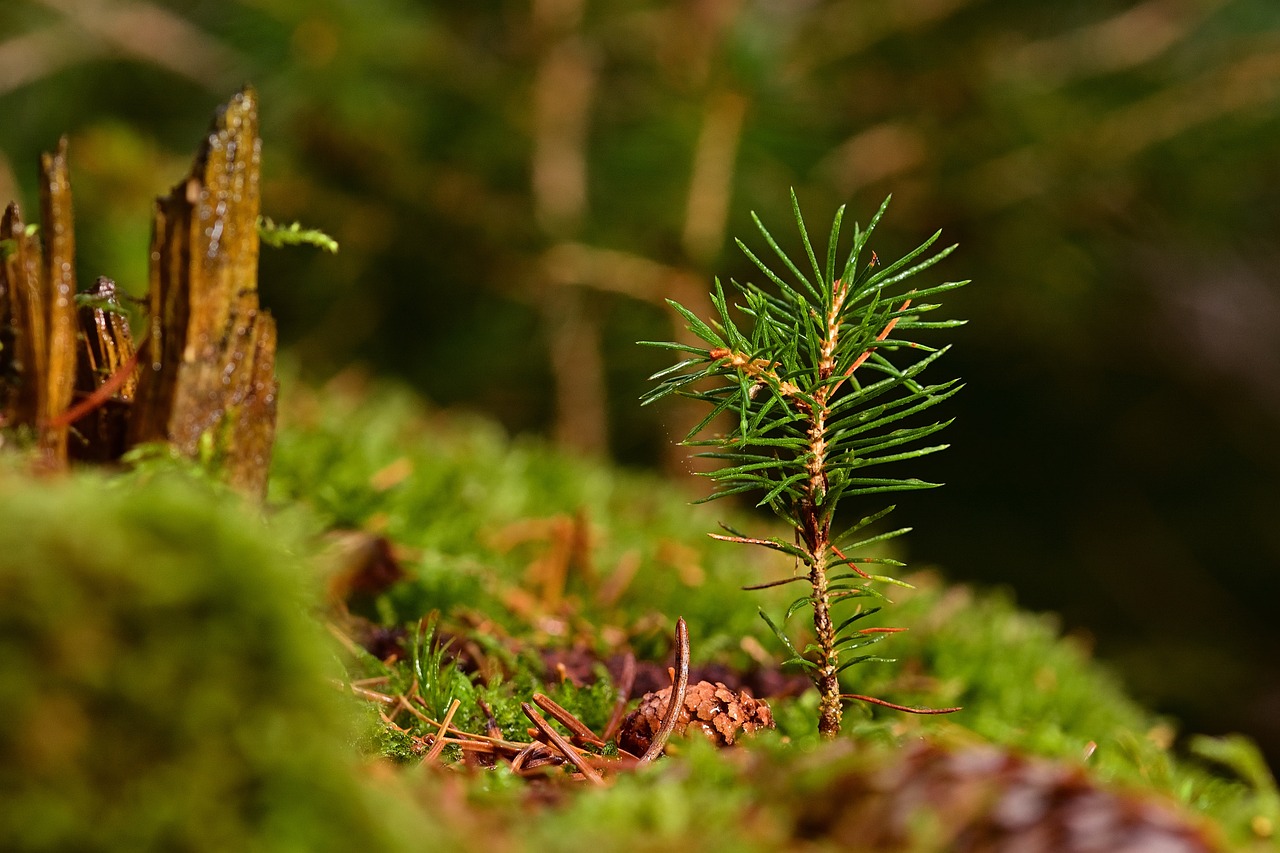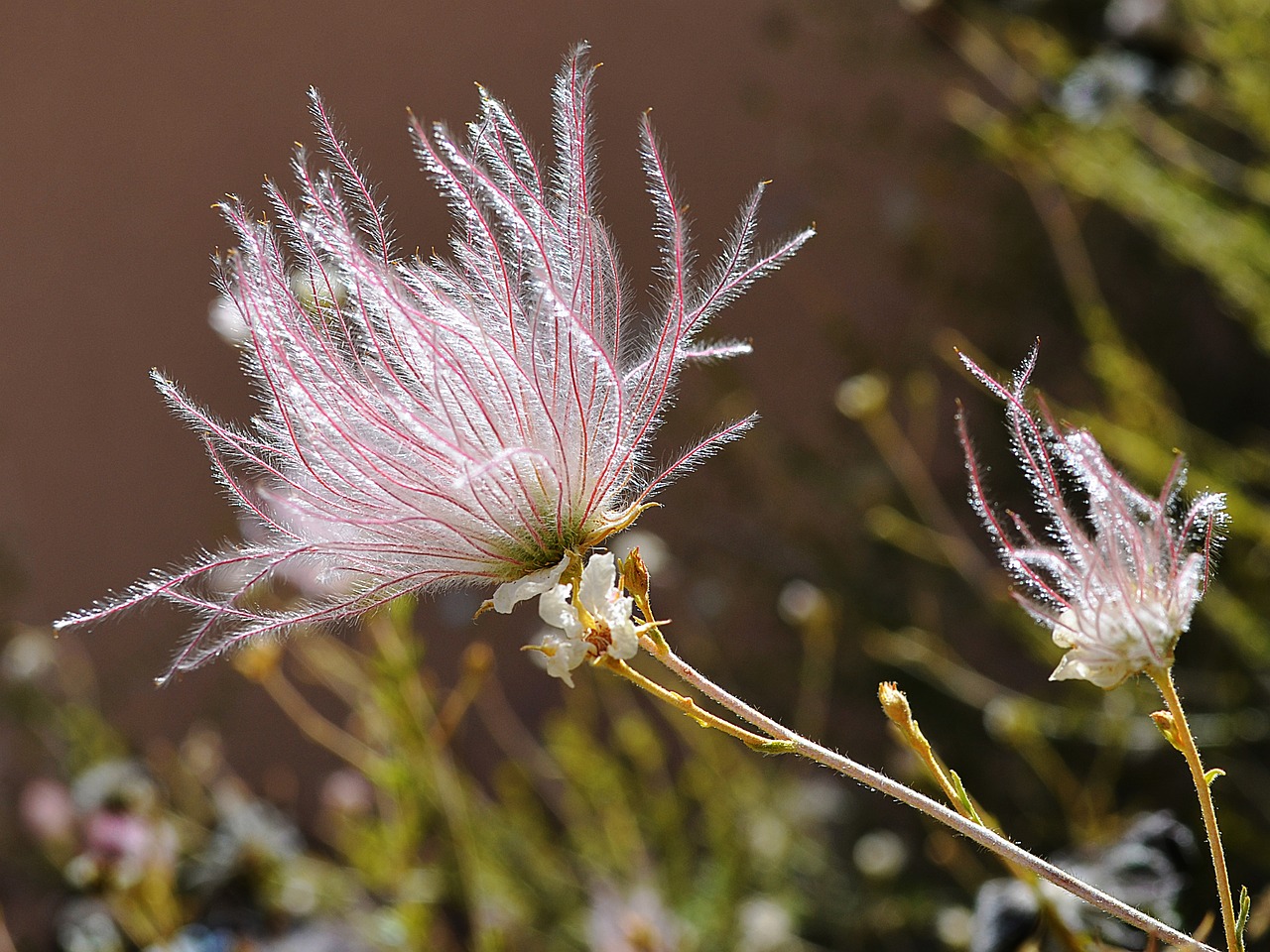Testing fruit trees for nutrient deficiencies.
Well-nourished fruit trees are unlikely to invite pests and disease. The following video shares strategies we presented at the 2024 Annual Fruit Grower’s Workshop in Alcalde, NM. We are using these strategies to manage a 4 acre fruit orchard in Fort Sumner, NM. Sorry, no audio. If you prefer text, an outline of the video … Read more






